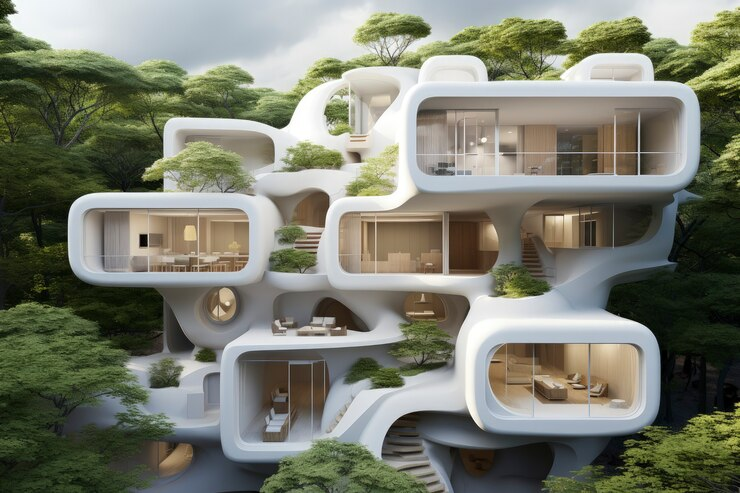The Future of Green Building: Insight from Passive House Architects
In the rapidly evolving landscape of architecture and construction, passive house architects are at the forefront of a revolutionary movement towards sustainable building practices. As global awareness of environmental issues grows, so does the demand for innovative solutions that minimize carbon footprints without compromising on comfort or functionality. Passive house architecture represents a paradigm shift in this regard, focusing on energy efficiency and environmental sustainability from the ground up.
Understanding Passive House Architecture
Passive house architects adhere to stringent design principles that prioritize energy conservation and reduce reliance on traditional heating and cooling systems. The concept originated in Europe in the late 20th century and has gained traction worldwide for its holistic approach to building design. Key features include high levels of insulation, airtight building envelopes, advanced ventilation systems, and passive solar gain techniques. These elements work synergistically to create buildings that consume significantly less energy compared to conventional structures, thereby lowering operational costs and reducing greenhouse gas emissions.
Innovations Driving the Future
As technology continues to advance, so too does the scope for innovation within passive house architecture. Architects are increasingly integrating smart technologies and renewable energy sources into their designs, further enhancing energy efficiency and sustainability. For instance, building-integrated photovoltaics (BIPV) are becoming more commonplace, allowing structures to generate electricity while maintaining aesthetic appeal. Additionally, advancements in building materials and construction techniques are enabling architects to achieve higher standards of performance without compromising on design flexibility or durability.
The Environmental Imperative
The urgency of addressing climate change has placed passive house architects in a pivotal role within the construction industry. By championing sustainable building practices, these professionals contribute to global efforts to mitigate environmental impact and promote resilience against future challenges. Sustainable building practices not only reduce carbon emissions but also enhance occupant health and well-being by creating indoor environments that prioritize air quality and thermal comfort.
Economic Viability and Market Trends
Beyond environmental benefits, passive house architecture offers compelling economic advantages. While initial construction costs may be higher due to specialized materials and design considerations, long-term savings through reduced energy consumption can outweigh these expenses. Moreover, as governments and regulatory bodies implement stricter energy efficiency standards, the market for sustainable buildings is projected to expand significantly. This trend is driving demand for passive house architects who possess the expertise to design and certify buildings that meet or exceed these standards.
Challenges and Opportunities
Despite its many benefits, widespread adoption of passive house architecture faces challenges. These include the need for specialized knowledge among architects, engineers, and builders, as well as potential resistance to change within the construction industry. However, these challenges also present opportunities for innovation and collaboration. Organizations such as the Passive House Institute (PHI) and the International Passive House Association (iPHA) play a crucial role in advancing research, education, and advocacy to overcome barriers and promote the adoption of passive house principles on a global scale.
Looking Ahead: The Role of Sustainable Builders
In conclusion, the future of green building lies in the hands of visionary professionals such as passive house architects and sustainable builders. Together, they are reshaping the built environment by integrating cutting-edge technologies with time-tested principles of environmental stewardship. As awareness grows and demand for sustainable solutions increases, these professionals will continue to drive innovation, inspire industry-wide change, and create buildings that not only meet the needs of today but also safeguard the well-being of future generations. By prioritizing sustainability, they are not just building structures but shaping a more resilient and harmonious relationship between humanity and the natural world.
In essence, the collaboration between passive house architects and sustainable builders represents a commitment to excellence in design, construction, and environmental responsibility. As they forge ahead, their collective efforts will pave the way for a more sustainable future where every building embodies the principles of efficiency, resilience, and respect for the planet we call home.





Comments
Post a Comment